What is a push pin made of? |
||||
| The parts of a push pin are made of either wood, brass, steel or plastic. | ||||
Handle of a push pin |
||||
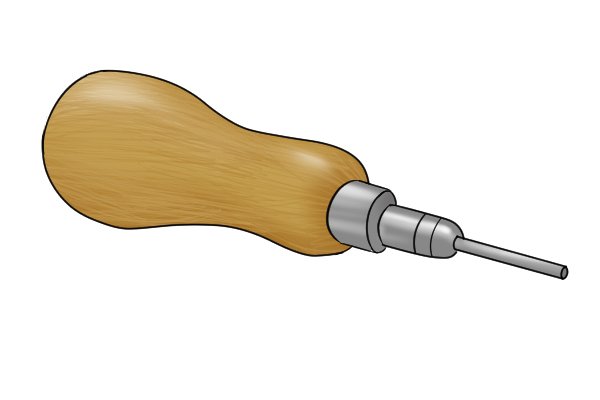 |
The handle of a push pin is usually made from a hardwood such as rosewood or beechwood. | |||
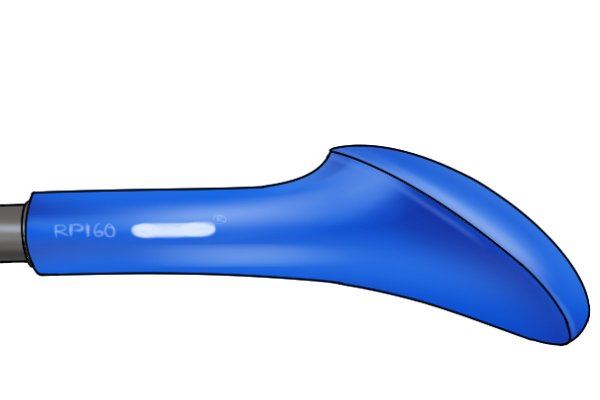 |
Some push pins have a plastic handle. | |||
Hardwood vs. plastic handles |
||||
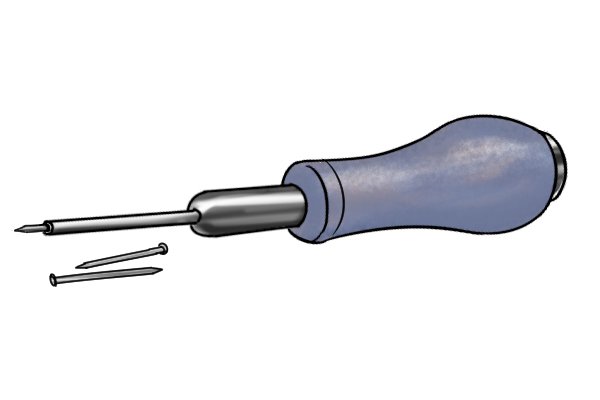 |
Advantages of hardwood handlesHardwood handles are pleasing to the eye and touch. Hardwood handles are hard-wearing and durable. |
|||
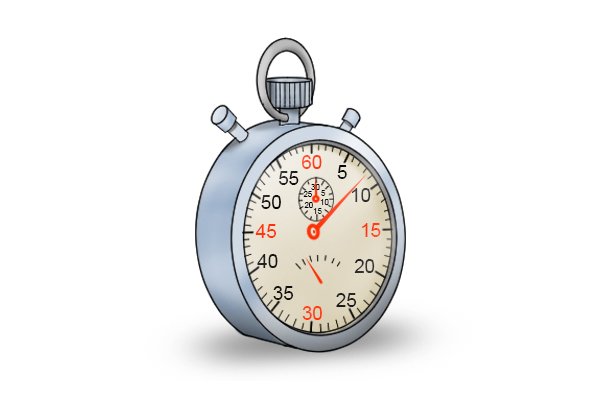 |
Disadvantages of hardwood handlesThe wooden handle of a push pin requires maintenance, which is time-consuming. (See: Push pin maintenance and care). |
|||
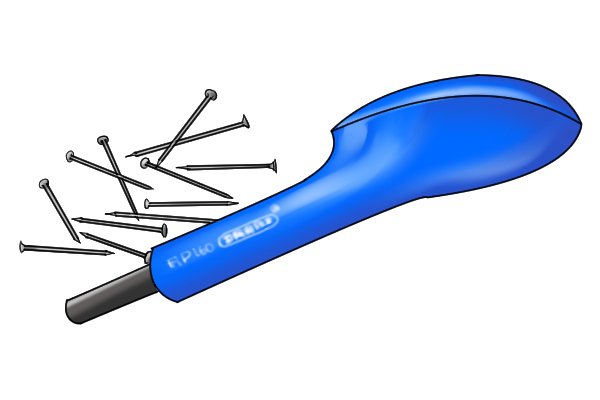 |
Advantages of plastic handlesThe plastic handle of a push pin is inexpensive to produce and needs minimal maintenance. It is ergonomically designed to be comfortable for the user. |
|||
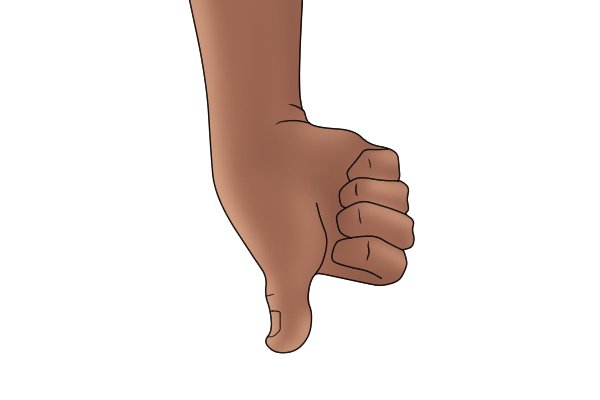 |
Disadvantages of plastic handlesSome people dislike the look and feel of plastic tools. Push pins with plastic handles are not as hard-wearing and durable as wooden-handled push pins. |
|||
Barrel of a push pin |
||||
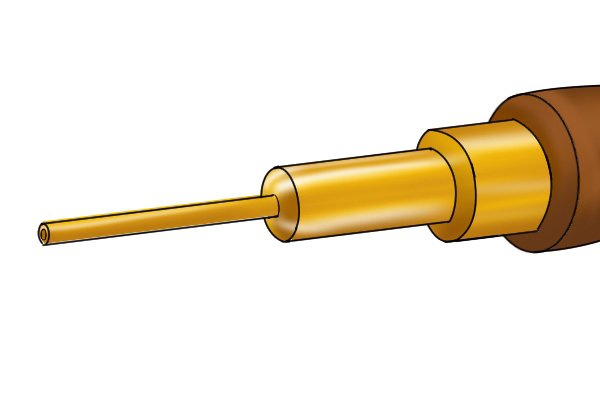 |
The barrels of some push pins are made of brass. These push pins are usually the vintage models however as most modern push pins are made with steel parts. | |||
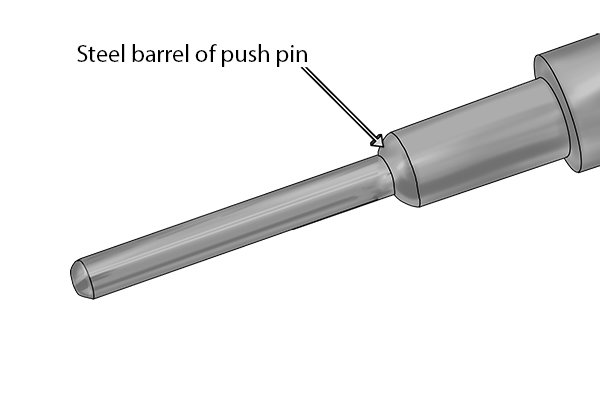 |
Both magnetised and non-magnetised push pins can have a barrel made of steel. | |||
Internal spring of a push pin |
||||
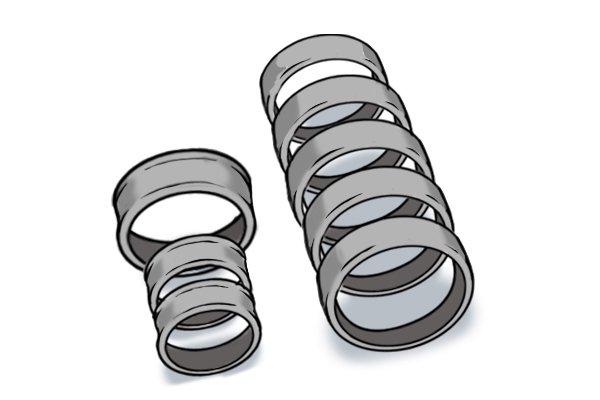 |
The internal spring of a push pin is made of stainless steel to make a strong but flexible spring. | |||
Plunger of a push pin |
||||
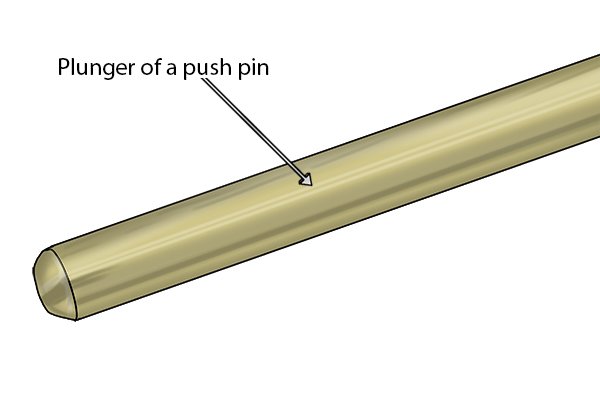 |
The plunger of a push pin is made of the same material as the other metal parts, so, for instance, it can be made of brass. | |||
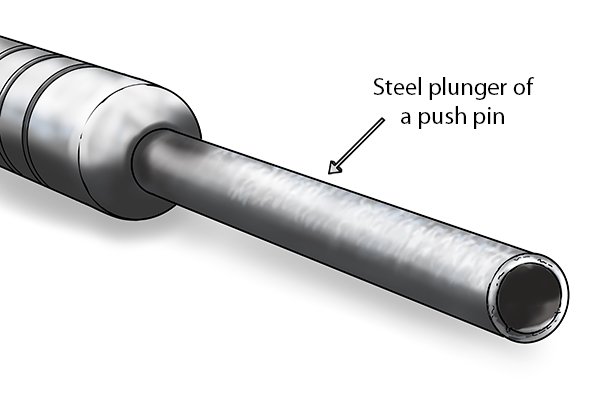 |
The spring-loaded plunger can be made of steel, to match the steel barrel of a push pin.
The tip of the steel plunger can be magnetised. |
|||
Brass vs. steel |
||||
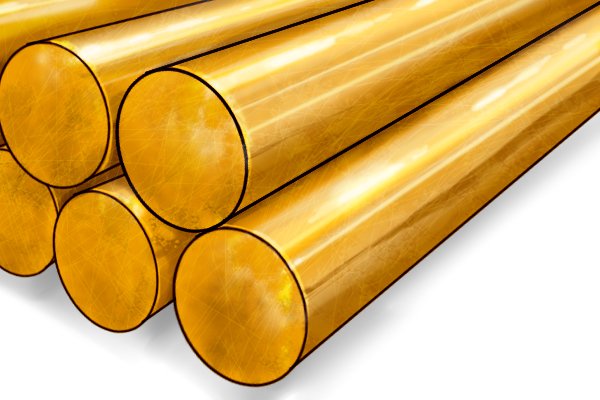 |
Brass is used with push pins for its aesthetic qualities, and because it will last for a long time. It is also relatively cheap to produce and it doesn’t rust.
Brass is non-magnetic so a brass push pin will have an internal magnet to hold the pin. |
|||
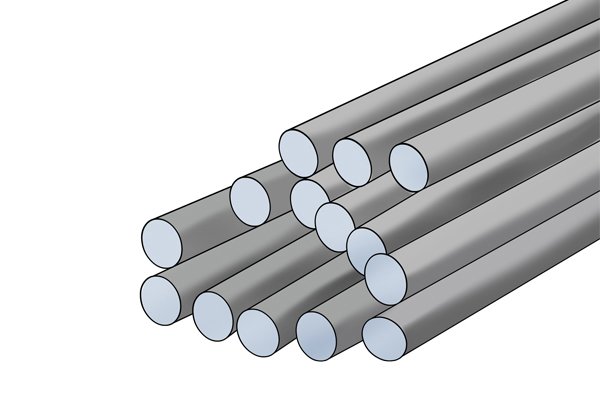 |
Steel is used because it is a hard-wearing material that will last for many years.
Steel can be magnetised. |
|||
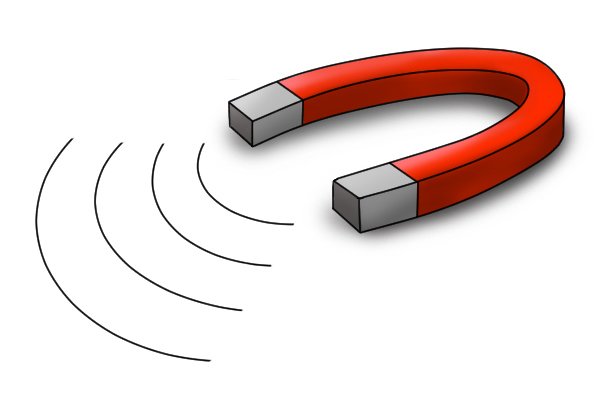 |
Magnetised plungerA magnetised push pin is designed to hold the pins in place until pressure is exerted on the plunger to release the pin. |
|||
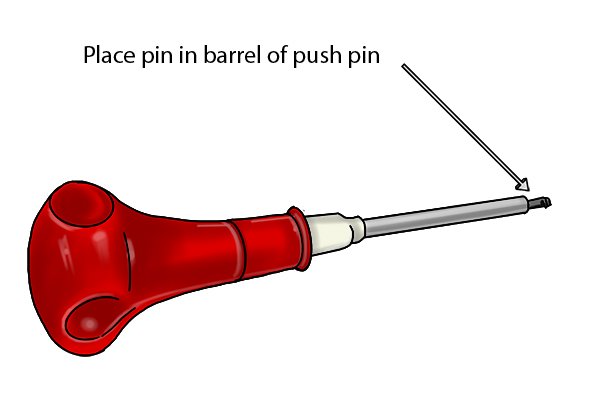 |
The magnetised plunger looks the same as a non-magnetised plunger, so check before you buy. | |||
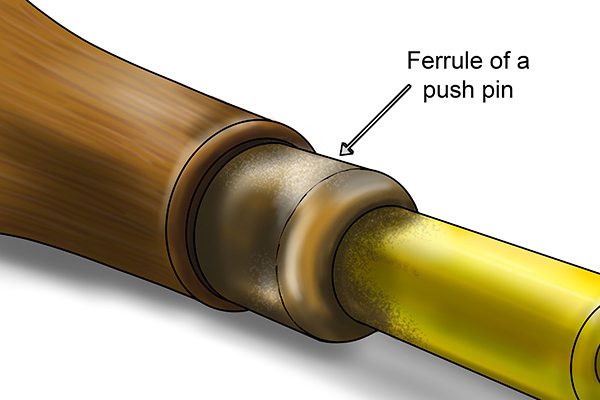 |
Ferrule of a push pinThe ferrule of a vintage push pin is made of the same material as the barrel, so, for example it will be made of brass when the barrel is brass. |
|||
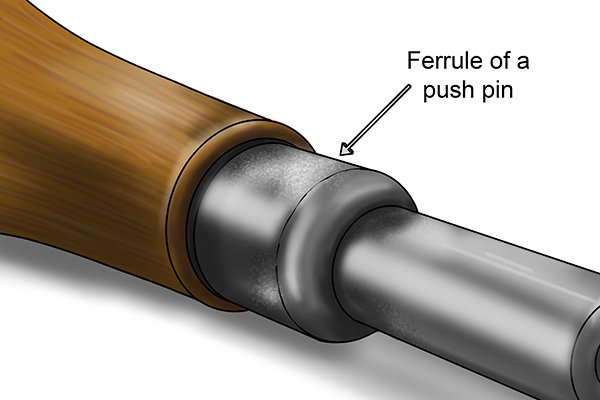 |
The ferrule can be made of steel to match the steel barrel of a push pin. | |||






